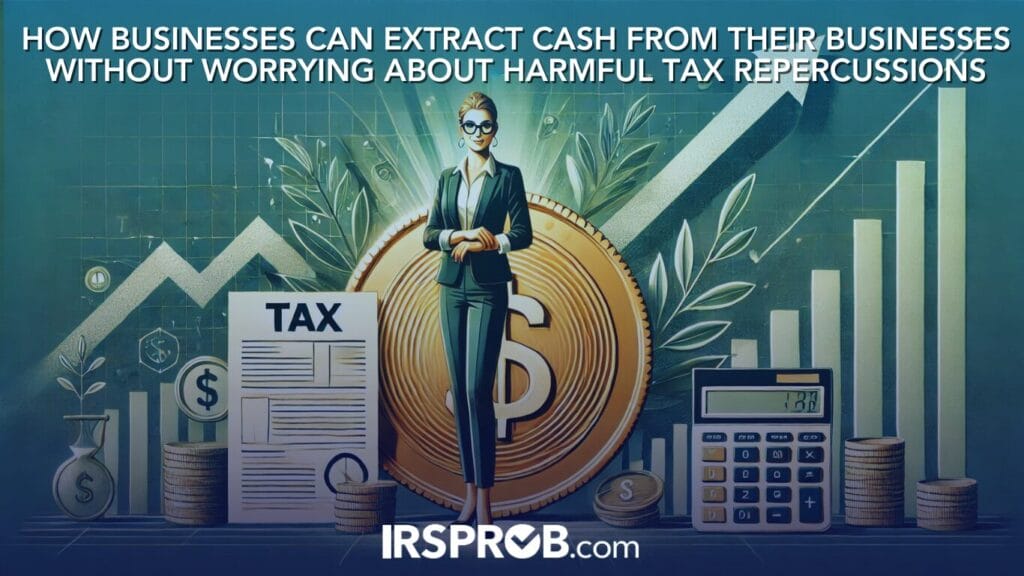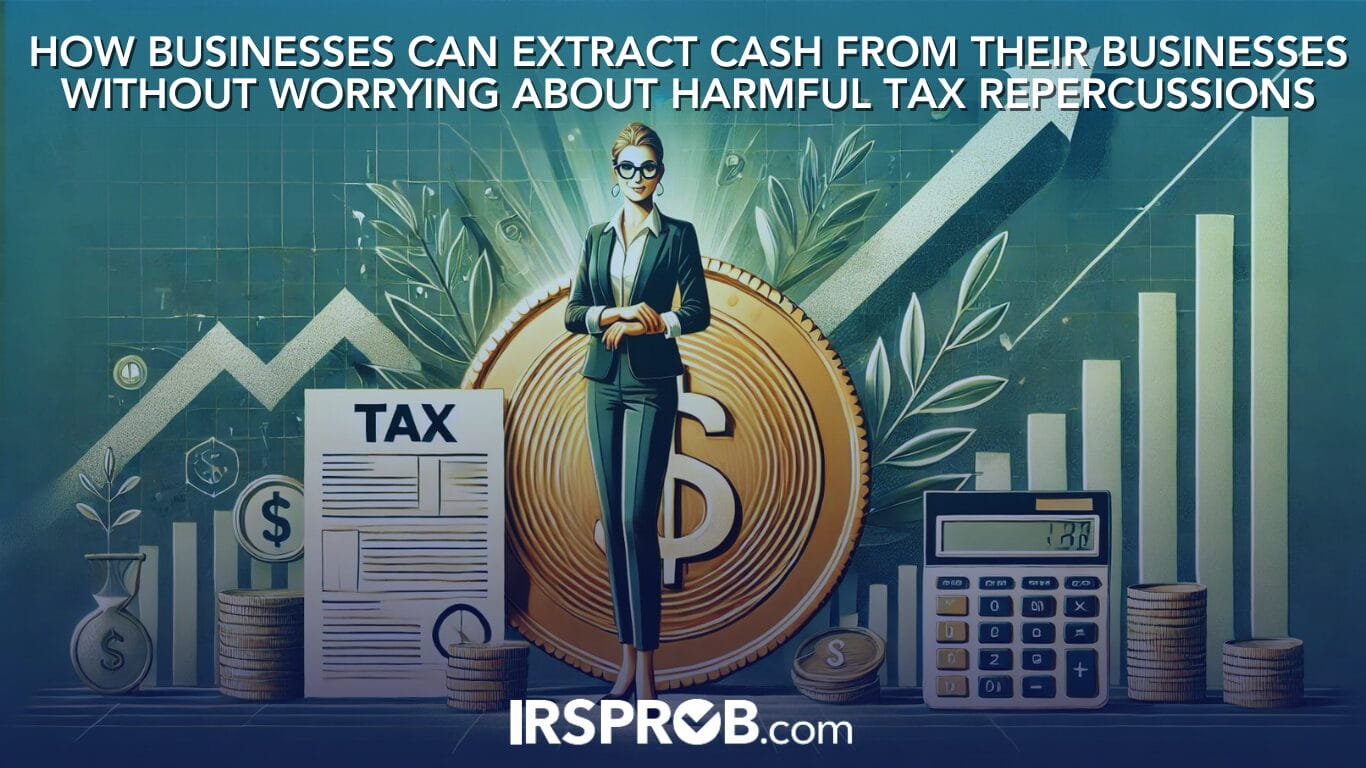
When you’re a business owner, taking money out of your company is necessary for personal needs and financial planning. However, how you structure these transactions can significantly impact your tax obligations and the overall health of your business. Failing to properly account for or categorize withdrawals could lead to unwanted tax consequences or even jeopardize the limited liability protections of your business.
Key Considerations for Business Owners
Whether you’re running a sole proprietorship, corporation, or partnership, it’s critical to understand the appropriate ways to withdraw funds to avoid pitfalls.
1. Avoid Intermingling Funds
One of the most dangerous mistakes a business owner can make is intermingling personal and business funds. For example, paying personal expenses from the business account or paying business expenses from your personal account might seem harmless at the time, but it can lead to severe consequences. The IRS and courts may question the separation of your business entity from personal finances, which could result in the “piercing of the corporate veil”—making you personally liable for business debts and obligations.
How to Avoid Issues: Maintain strict financial separation between personal and business accounts. Document all transactions clearly and ensure that personal expenses are kept separate from business ones. If you must use personal funds for business purposes or vice versa, properly record the transaction as either a capital contribution, loan, or expense reimbursement.
2. Taxable and Non-Taxable Transactions
Taking money out of a corporation or partnership can be classified in several ways, each with its own tax implications:
- Taxable dividends or distributions: C corporations often distribute profits as dividends, which are taxable to shareholders.
- Nontaxable distributions: In S corporations and partnerships, income passes through to owners and is taxed on their individual returns, but distributions themselves are not taxable until the owner’s basis is zero.
- Wages: Business owners who provide services to the corporation should be paid wages, which are subject to payroll taxes. However, wage levels must be reasonable—too high or too low can invite scrutiny.
- Loans: Corporations and partnerships can make loans to shareholders or partners, or receive loans from them. These loans can be structured to avoid tax consequences, provided they are properly documented and adhere to formalities.
Failure to carefully structure these transactions could result in unexpected tax liabilities. For instance, if a loan is not adequately documented, the IRS might reclassify it as a dividend or capital contribution, triggering taxes that would otherwise not be owed.
3. Wages for Business Owners
Owners of C corporations and S corporations can take money out as wages. However, wages need to be reasonable. For instance, C corporation owners may be tempted to inflate their wages to reduce corporate taxes (since wages are deductible), while S corporation owners might try to minimize wages to avoid payroll taxes. The IRS requires that business owners receive a wage comparable to what someone in a similar position in another company would receive.
Sole proprietors and partners, on the other hand, do not receive wages. Instead, their income is reported on their individual returns through self-employment taxes.
4. Guaranteed Payments for Partners
In partnerships, guaranteed payments to partners are the equivalent of wages in corporations. Unlike wages, however, guaranteed payments are not subject to withholding. Instead, partners must handle these amounts on their personal tax returns, making accurate and timely tax payments critical.
5. Dividends and Distributions
For C corporations, dividends represent profits distributed to shareholders and are taxable to them. However, partnerships and S corporations generally do not distribute profits in the form of dividends. Instead, the income passes through to the owners, who report it on their individual tax returns. Distributions in these entities are generally not taxable unless the owner’s basis is reduced to zero.
Additional Insights for 2024
Recent changes in tax regulations have reinforced the need for business owners to structure their transactions with extra care. Here are some current trends and rules that may affect how you take money out of your business:
- IRS Scrutiny on Loans: The IRS has been focusing more on loans between businesses and owners, making it even more important to ensure proper documentation and adherence to formalities. If a loan isn’t properly set up, it may be reclassified as a taxable event.
- Reasonable Compensation Requirements: For S corporations, underpaying yourself in salary to avoid payroll taxes remains a hot-button issue. The IRS has stepped up its enforcement of “reasonable compensation” rules for S corporation owners.
- One-Class-of-Stock Rule for S Corporations: S corporations can only issue one class of stock, meaning all distributions must be made proportionately to each shareholder. Violating this rule can result in the loss of S corporation status, leading to significantly higher taxes.
Protect Your Business with Proper Planning
Proper planning is essential to avoiding negative tax consequences when taking money out of your business. Working closely with a tax professional can help you structure your financial transactions in a way that minimizes tax liability and protects the integrity of your business.
What to Do Next:
- Consult with a tax advisor before making significant financial transactions in your business.
- Ensure all loans, contributions, and withdrawals are properly documented.
- Make sure you are paying yourself reasonable wages if applicable.
- Keep personal and business expenses strictly separate to avoid any intermingling issues.
By following these guidelines, business owners can safely withdraw money from their businesses without incurring unnecessary tax consequences or risking personal liability.









